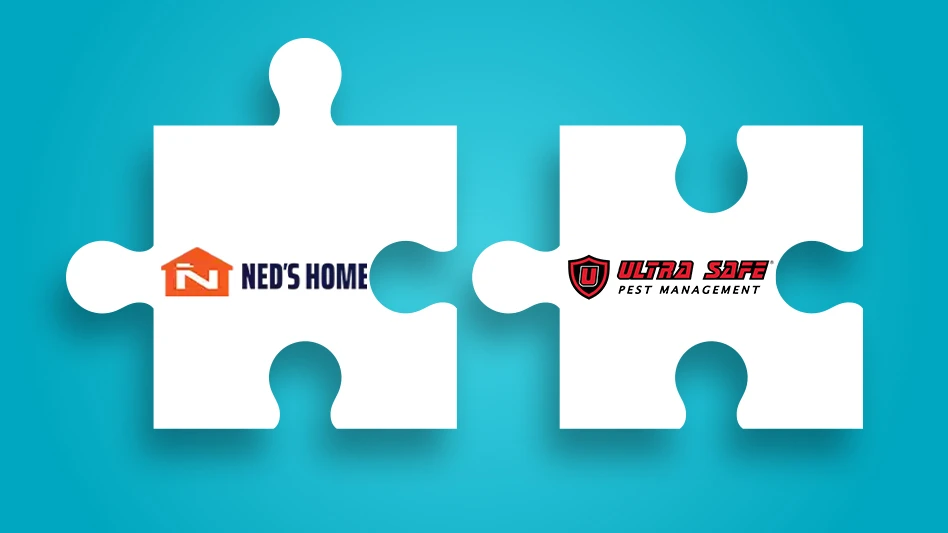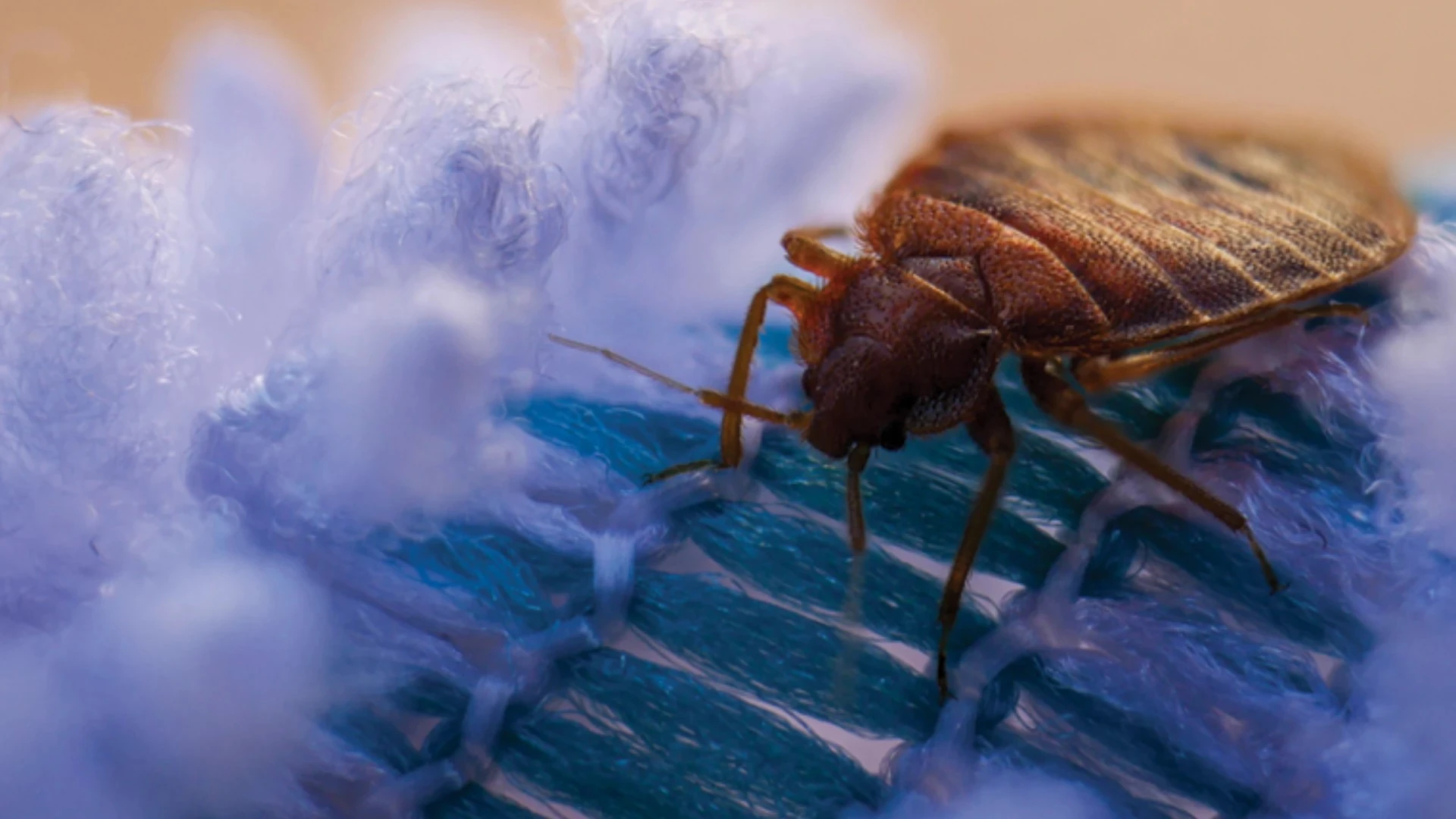Editor’s note: The following article is an adapted excerpt from "The 1% Windfall," a book by Rafi Mohammed, which will be published in April by HarperBusiness. For the book, Mohammed interviewed Terminix’s Steve Good, senior vice president of business development, on Sept. 17, 2008.
Pricing is a powerful strategy for businesses of all sizes, including pest control companies. In addition to being a key attribute that customers focus on, incremental changes to price can generate a financial windfall. A study of the Global 1200 found that if companies raised prices by just 1 percent and demand remained constant, on average operating profits would increase by 11 percent. Some companies’ operating profits would fare even better from a 1 percent price increase: Sears, 155 percent; McKesson, 100 percent, Tyson, 81 percent, Land O’Lakes, 58 percent, Whirlpool, 35 percent.
The good news is that better pricing is not always about increasing prices. Instead, the key to creating a comprehensive pricing strategy is to offer customers options to use your product or service. Consider the pricing strategy of two gourmet restaurants. One offers the usual slate of individual prices for its appetizers, entrées, deserts and drinks. In addition to individual prices, the other offers early bird, regular and chef’s table options; a bar menu; and various discounts (seniors, coupons, half price wine on Tuesday, and so on). The restaurant that offers more pricing choices will most likely generate higher profits and growth. Each pricing option serves a new type of customer: Normal Nancys purchase at regular prices; Discount Dans use coupons, arrive at 5 p.m. for early-bird specials or dine at the bar; and High-end Hannas choose to pay a premium to sit at the chef’s table.
Most companies have dormant customers. By this I mean customers who are interested in a product but refrain from purchasing simply because the current pricing plan doesn’t work for them. Instead of making an outright purchase, some may prefer to rent, lease or own an interval share of a product, for instance. As Terminix has discovered, rolling out a new pricing plan can generate new profits and growth.
TERMINIX’S NEW TERMITE PLAN. Pricing and services in the termite control industry have been fairly standard: a customer discovers termites and then pays for pest control services. After a treatment, many companies offer the option to pay an annual fee that covers regular inspections and, if necessary, a retreatment.
With the termite control industry reaching maturity, to find new opportunities Terminix COO Tom Brackett instructed his executive team, "We need to be disruptive; we need to do it right; and we need to do it now." Steve Good, senior vice president of business development at Terminix, and his colleagues, were tasked with creating strategies that would generate future profits and growth.
While all homeowners should be concerned about termites (a mature colony can eat a pound of wood in one day and on average cause $3,000 in damage), only homes that already had been infested by termites were purchasing control services. Through focus group interviews, Good discovered an entirely new segment of customers who were interested in purchasing pest control services. Many homeowners were interested in "one price, with no additional costs" and valued the idea of being "protected" from termites.
"Instead of slugging it out with competitors for jobs at residences infested by termites, we focused our efforts on the 72 million homes in the U.S. (without termites) that could benefit by purchasing protection," Good said. To activate these customers, Good and his colleagues decided to offer customers a new termite control option.
Leveraging the company’s 80 years of historical data on termite damage incident rates, the company created a Termite Inspection and Protection Plan. For an annual fee, homeowners receive a comprehensive inspection, treatments (if necessary) and a guarantee from Terminix to pay for any damage caused by termites. This new option better served customers in two key respects. First, a home did not have to be infested (and treated) for termites to qualify for this protection. And unlike most plans, it covers all costs to repair any termite damage.
Terminix says consumers have embraced and are benefiting from this new pricing plan. Within just a year of launch, Terminix increased sales of renewable termite plans by 12 percent in great part because of this new Inspection and Protection Plan. Now when an inspection at the request of a concerned homeowner doesn’t detect termites, the sales force still has the protection option to sell. Additionally, Terminix is creating strategic alliances with financial and real estate companies to sell protection plans to their clients.
What’s so compelling about Terminix’s strategy is its success in using a new pricing plan to generate growth. Given its success with termites, Good and his colleagues are looking to offer creative protection solutions for the other pests that Terminix provides treatment for.
What new pricing tactic can activate your company’s dormant customers?
The author is the founder of pricing consultancy Culture of Profit, and author of "The Art of Pricing" and "The 1% Windfall." He is an economics graduate of Boston University, the London School of Economics & Political Science, and Cornell University. E-mail him at rmohammed@giemedia.com.

Explore the February 2010 Issue
Check out more from this issue and find your next story to read.
Latest from Pest Control Technology
- Rentokil Terminix Expanded in Key Markets with 2024 Acquisitions
- In Memoriam: Joe Cavender
- Certus Acquires Green Wave Pest Solutions
- Liphatech Adds Alex Blahnik to Technical Team
- Do the Right Sting: Stinging Insect Identification, Management, and Safety
- VAGA's 8th Annual Veterans Thanksgiving Appreciation Dinner
- Clark's Blair Smith on the Response to Increased Dengue Fever Cases in Southern California
- WSDA, USDA Announce Eradication of Northern Giant Hornet from U.S.





